Your walls represent a delightful opportunity to show off your personality and style. By painting texture on your walls, you can welcome an unrivaled depth and artistic flair into your interior spaces. Painting your walls with different textures isn’t just a design decision- it’s a mood setter.
Painting a wall is more than just a coat of color, it’s a conversation between texture and style. Successful home improvement is as much about sensory perceptions as aesthetic appeal. The phenomenon of wall texture, from the subtle artistry of knockdown to the retro charm of popcorn texture, is a transformative way to add depth and character to any room.
But how does one venture beyond the vanilla realm of plain drywall and tap into the world of texture paint? Let’s have a look!
The Beauty Of Paint Texture On Wall
Simply put, paint texture on wall refers to the unique design, patterns, and feel of a surface created by applying texture paint. Contrary to plain drywall, textured walls breathe life into a space by adding depth and visual interest.
Wall texture can dramatically impact a room’s ambiance, with each type evoking distinct emotions. For instance, the elegance of a knockdown texture can give homeowners a sense of calm sophistication, while the playful swirls of orange peel texture nurture a lively atmosphere.
Adding texture to your walls is not just about aesthetics; it’s also a way to mask imperfections or uneven surfaces. With a paint roller or sponge in hand, home improvement enthusiasts can explore various techniques to create stunning and personalized textures that cater to their tastes.
To tap into the transformative power of paint texture on walls, it’s crucial to understand the possibilities that lie in each technique, material, and color choice—only then can you truly enhance your interior decor.
The Role Of Style In Wall Texturing
If interior design were music, then the ‘paint texture on wall’ would be the rhythm, setting the pace and tone of your space. It’s an essential tool in your home improvement toolbox to give your walls depth and personality, which aligns with your unique style.
But how does style influence wall texture choice? Style is personal; it reflects who you are. Some prefer the fine, delicate patterns of sand swirls or the understated elegance of orange peel texture. At the same time, others love the dramatic visuals a knockdown wall brings or the rustic charm of slap brush texture.
Choosing the right texture for your walls and ceilings goes beyond flipping through catalogs of wall paint and patterns—it’s about matching the look and feel of the texture to the rest of your home decor. Texture a wall with the roller cover soaked in paint, glide it smoothly onto the wall to create your desired texture, and voila, you’ve added a unique charm to your living space.
Sure, textured paint or even drywall compound could mask wall imperfections. However, the key is to enhance your home’s aesthetic, not just cover flaws. So, why not differentiate an accent wall with a texture sprayer or adopt a sponge painting for a unique appeal?
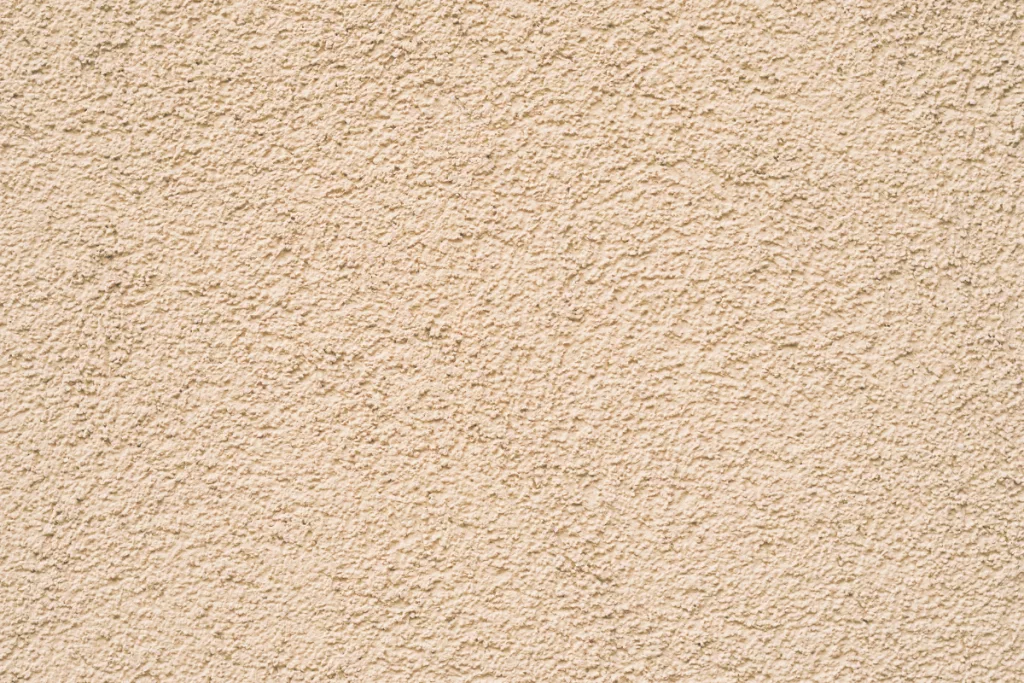
The essence is to make your walls speak your style language. The role of style in wall texturing is, therefore, vital, and aligning your style with your wall texture contributes to an ambiance that feels invigorating and exclusively “you.”
Basic Techniques For Creating Texture
Creating ‘paint texture on wall’ is as much an art as it is a home improvement project. It’s high time you said ‘goodbye’ to plain drywall and ‘hello’ to dynamic wall texture. Let’s dive into some techniques:
- Sponging: An easy and effective way to add texture. After the base paint color has dried, use a sea sponge or a special texture paint sponge. Lightly dip it into a contrasting color and dab it onto the wall to create a marbled effect.
- Rag Rolling: A textile technique creating a unique wall depth. Cover your paint roller with a fabric rag, dip it into your texture paint, and roll it on the wall surface for an organic, textural effect.
- Popcorn Texture: Usually applied to ceilings but equally captivating on walls. This three-dimensional texture paint covers imperfections and adds depth. A texture sprayer effectively disperses joint compound or a premixed popcorn texture product.
- Orange Peel: This subtle yet beautiful texture is reminiscent of an orange peel. Spray a textured mixture of paint and drywall mud, then smooth it out with a trowel or wide paint roller to achieve the desired effect.
- Knockdown: A sophisticated technique that mimics stucco but feels smoother. Apply a thin layer of diluted drywall joint compound with a roller or sprayer, then gently skim a knockdown tool or a drywall knife across the wet material.
To effectively add texture to your walls, choose the technique that matches your style and the character of your room.
Innovative And Creative Concepts For Wall Textures
Sometimes, an entire wall says more than any art piece ever could. There’s artistry in infusing your wall paint with texture to create a unique design masterpiece. Welcome to the exciting world of ‘paint texture on wall,’ where endless opportunities for creativity exist just below the surface.
Consider the Orange Peel Wall, named for its resemblance to the skin of the iconic citrus fruit. Applying a thin spray of joint compound or texture additive with a texture sprayer and leaving it to dry creates a subtle undulating effect that catches the light, adding an intriguing dimension to your walls.
For a no-fuss way to texture walls, Sponge Painting has you covered. Soak a sponge in watered-down paint, then dab it onto the wall surface, layering shades and patterns to create an organic, textured effect. It’s a simple, fun concept that provides depth and stirs interest.
Then, there’s the Knockdown Texture, the epitome of sophistication ideal for a mature yet trend-focused space. Dab thick-nap roller cover or a stomp brush into the joint compound, creating peaks, and then lightly knock them down, hence the name.
Dive into the use of Comb Texture. Drag a comb or wallpaper brush through a wet joint compound applied on the wall pre-mixed with paint, creating carefully drawn lines. It adds depth and interest that a flat wall crucially lacks.
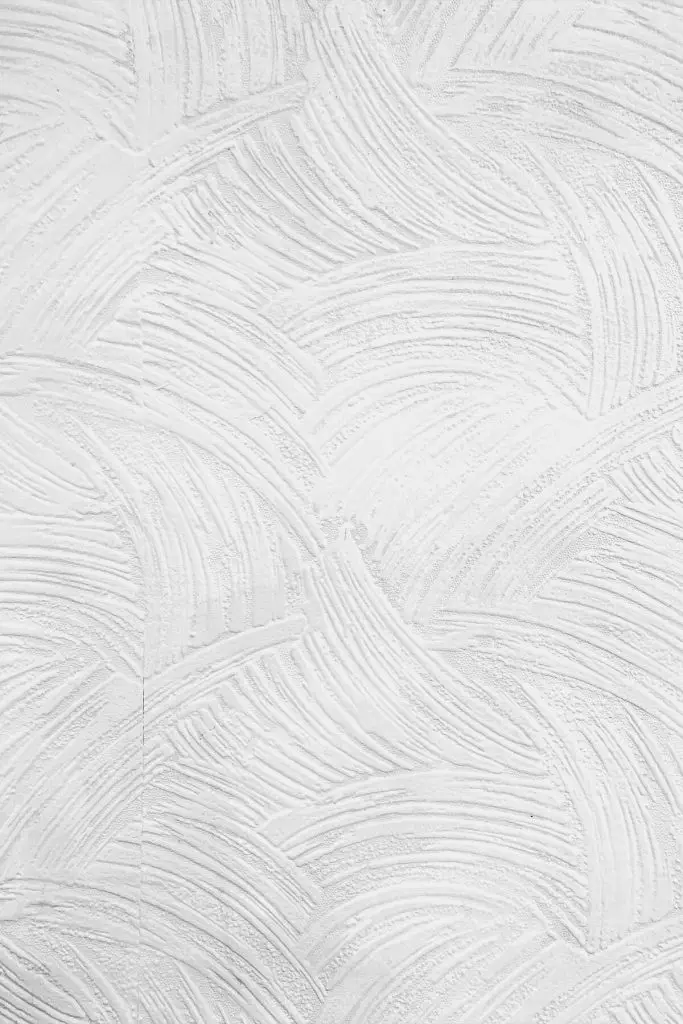
One distinctive way to innovate is using a Slap Brush Texture, also known as a crow’s foot texture. Apply joint compound to the wall with a roller and then use a slap brush to create an inventive pattern. Let the texture dry, prime, and paint to add a unique, creative flair to your walls.
When you ‘paint texture on the wall,’ it should exude your creative spirit – adding aesthetic depth and individuality to your living space. Choose a method that speaks to you, and let your walls be the canvas of your personality.
The Power Of Color In Texture Painting
Color is the magic ingredient when you’re ready to ‘paint texture on wall.’ The hue you opt for stands shoulder to shoulder with the texturing method in shaping the final visual result. Let’s explore a few pointers on color selection for textured wall painting:
First, consider the unique characteristics of texture paint. It creates a 3D finish, which can cause darker hues to appear even darker, thanks to the play of light and shade. So, if you’re going for a rich, moody color, you might want to choose a slightly lighter shade.
In contrast, light colors can emphasize the raised bumps and grooves of a wall texture like orange peel or knockdown. They shower a space with brightness and help capture the subtleties of your texturing walls technique.
A fantastic way to create a stunning interior wall is to use a tone-on-tone or monochromatic color scheme with your texture paint. This involves picking varying shades of a single color. The result? A cohesive, stylish look that isn’t overpowered by multiple hues.
Don’t be afraid to accentuate a single wall with a pop of color, known as an accent wall. This can add a dramatic twist, creating a focal point that adds depth to a room. Try a knockdown texture on the accent wall, which, when highlighted by a daring color choice, can deliver satisfying depth and eye-catching detail.
Lastly, consider the ‘feel’ you’re trying to create. Warm colors like reds and yellows can give a cozy, cheerful vibe, while cool blues and greens create a serene, calming atmosphere. Depending on the texture of your walls, the color can intensify these emotions.
Remember to prime and paint before deploying your chosen color scheme for best results. Always let it dry for at least 24 hours before painting. This safeguards against a splotchy paint job and allows your color and texture choices to shine.
The right color can make your chosen ‘paint texture on wall’ technique speak volumes. Experiment, explore, and let your walls tell their vibrant, textured story.
Pros And Cons Of Textured Walls
Texturing your walls can add personality and depth to your home, shifting it from sterile flatness to a captivating 3D experience. However, it’s essential to consider both the pros and cons before choosing to ‘paint texture on wall.’
Advantages of textured walls
One immense benefit is that the texture conceals imperfections exceptionally well. Drywall, for instance, might show any minor flaw, but a method like knockdown or popcorn texture skillfully hides them. Applying texture is your answer if you’re looking for an easy way to add an artful disguise to wall defects.
Textured walls also offer a creative dimension beyond a simple coat of paint. You can use a sponge or paint roller dipped in joint compound to add texture in a vast array of patterns and designs that are entertaining to the eye.
This texture treatment makes for an excellent conversation piece and allows you to add a signature touch to your interior décor. Whether it’s an orange peel effect or a sand swirl style, texture paint elevates the character and depth of a room.
Potential drawbacks
On the downside, textured walls can sometimes accumulate more dust than flat surfaces, especially the infamous popcorn texture. The nooks and crannies can be dust traps, but regular dusting or vacuum cleaning can resolve this issue.
Another potential downside is that changing the paint color on a textured wall can be more labor-intensive since the texture can absorb more paint than a flat surface. A solution is to use a primer first and then apply your desired color, allowing for an even coat of paint.
Lastly, textured walls might be trickier to repair than flat surfaces, especially when it’s a specific, intricate pattern. However, it’s still achievable with the proper home improvement knowledge or professional help.
From concealing wall imperfections to enhancing your home’s aesthetic appeal, creating texture paint on your wall is a fascinating exploration of decorative techniques. However, it does come with some maintenance challenges that are generally manageable. The decision to ‘paint texture on the wall’ ultimately depends on your taste and how much you’re willing to maintain the look.
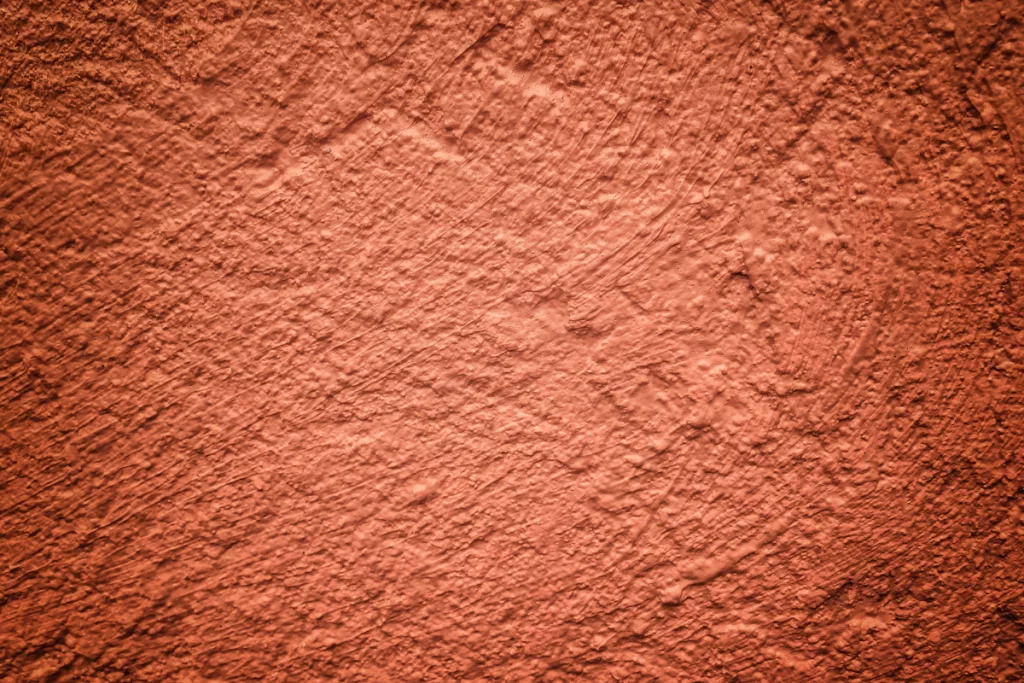
How To Maintain Paint Texture On Wall
The dynamic charm of a textured wall is undeniable. But to keep this artistic ‘paint texture on wall’ vibrant and clean is crucial. Here’s a simple guide on maintaining and repairing these decorative surfaces.
Cleanliness is Key
Dust and dirt can settle into the nooks of your textured wall. Lightly dusting walls and ceilings regularly using a duster or vacuum with a soft brush attachment can fend off this issue—a simple but effective way to add cleanliness to textured walls. For more stubborn dirt, a mild detergent and warm water solution is perfect for sponge painting over the surface and restoring your wall’s freshness. Ensure you rinse the wall thoroughly afterward and always let it dry completely before further maintenance or use paint over it.
Spot Repair Tactics
Psyched about learning how to texture ‘repair’? Accidental dings and scratches can potentially mar your textured wall. However, repairing these spots is achievable with some know-how and the right tools. A small amount of drywall compound can fill minor indentations. For bigger holes, you may need to recreate the desired texture.
For example, if you have an orange peel texture, you might need a can of wall texture spray—just spray onto the wall surface and let the texture dry. Or, for a slap brush knockdown texture, dab some pre-mixed joint compound onto the wall using a stippling brush, then knock it down with a drywall knife. Remember to prime and paint the area after repair for a seamless look, blending perfectly with the rest of the wall.
Repainting Textured Walls
Over time, you might want to refresh the coat of paint on your textured walls for a fresher appearance. A thick-nap roller cover is often the ideal tool for this job, navigating the uneven surface better than your regular one.
Before launching onto an entire wall, conduct a patch test in the corner. Apply a tiny amount of paint to a small part of the texture to ascertain the new color does not dilute the intensity of the texture and the wall paint does not peel off.
Texturing walls can inject depth and character into any room, but their beauty may dwindle without regular upkeep. Now armed with these maintenance tips, you can keep your ‘paint texture on the wall’ looking as stunning as the day you laid them on!
Textured Wall: The Finishing Touch
Choosing to ‘paint texture on wall’ can be a rewarding journey in home improvement, breathing life and flair into a flat landscape.
Textured walls, be it the subtle notion of an orange peel or the dramatic depth of a knockdown technique, add an unmatched depth and character to a room. They artfully conceal wall imperfections, rendering possible dents and dings nearly invisible, an appealing advantage over smooth drywall or wallpaper. What’s more, texturing can be a creative, involved process that gives you an intimate investment in the beauty and richness of your home’s overall aesthetics.
Whether you prefer to add texture using a paint roller, trowel, or a simple sponge, your choice of texture paint opens up new design possibilities. Plain wall paint might change the color of your room, but texture paint can deliver a visual and tactile transformation.
And yes, maintaining a textured wall can sometimes be a bit challenging. They may require extra effort in dusting or repainting. However, maintaining your textured walls can be a breeze if you are armed with the right tools, like a joint compound to patch up areas or a dedicated paint roller to revive or change the paint color.
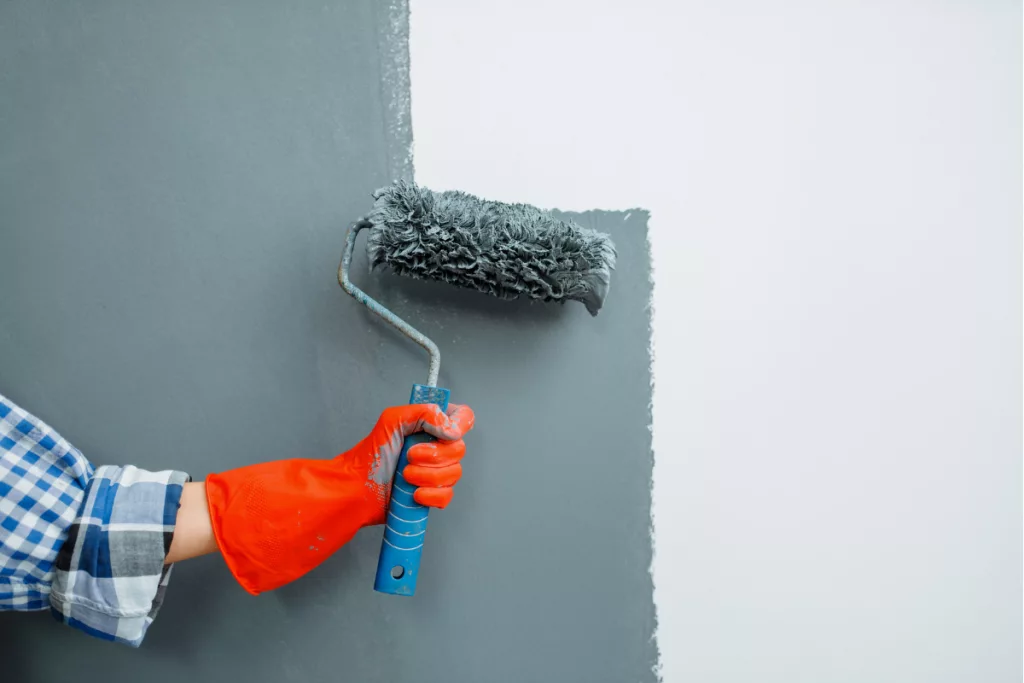
Textured walls, while being no stranger to a few drawbacks, are a fantastic way to add texture, depth, and personality to your home, turning each room into a character-filled space. So, the next time you look to update your rooms, remember it’s not just about merely changing paint color; consider how to creatively ‘paint texture on the wall.’ You might discover a creative passion for home improvement that you never knew you had. Happy texturing!

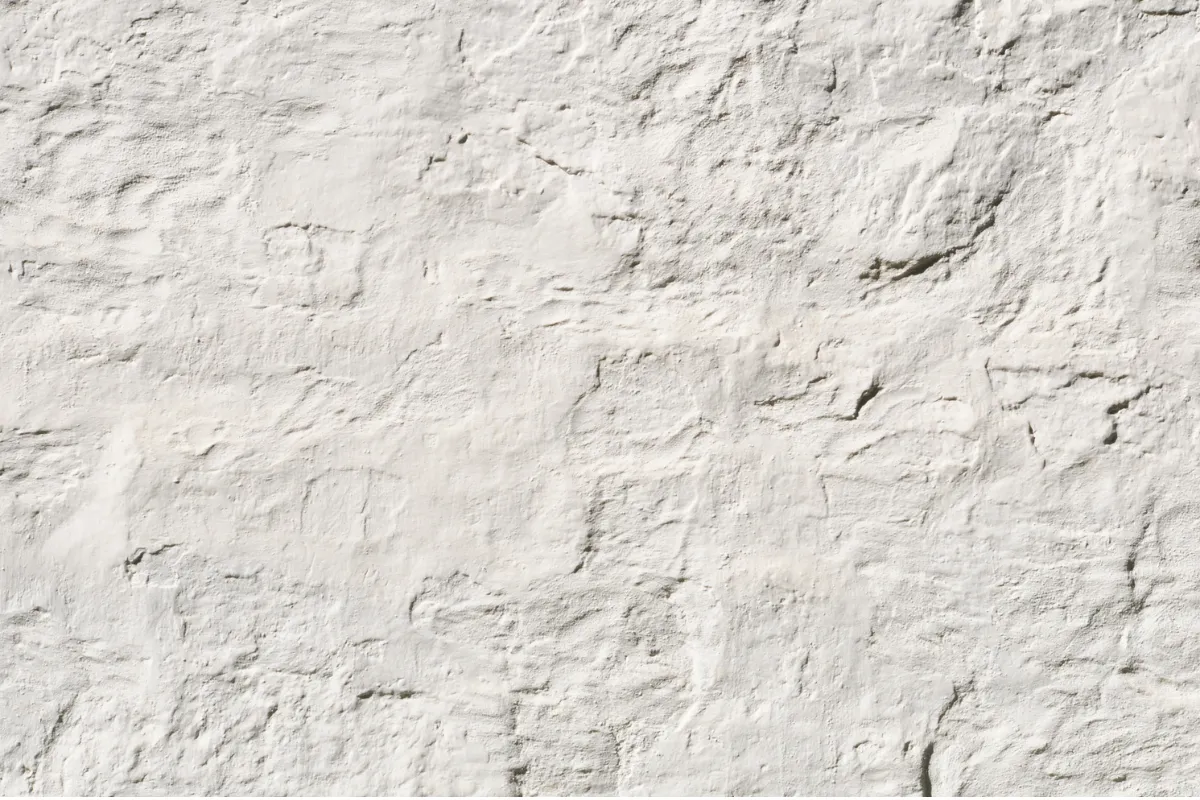
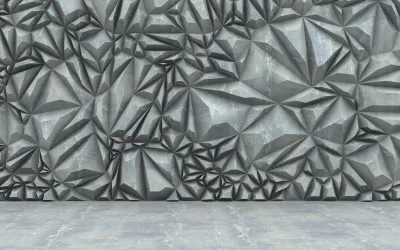
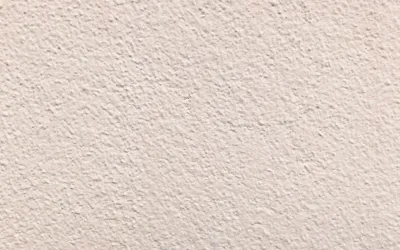
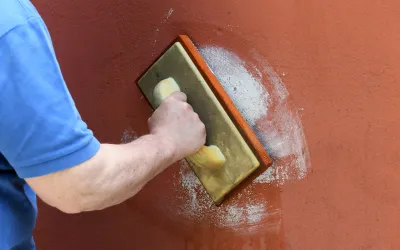
0 Comments